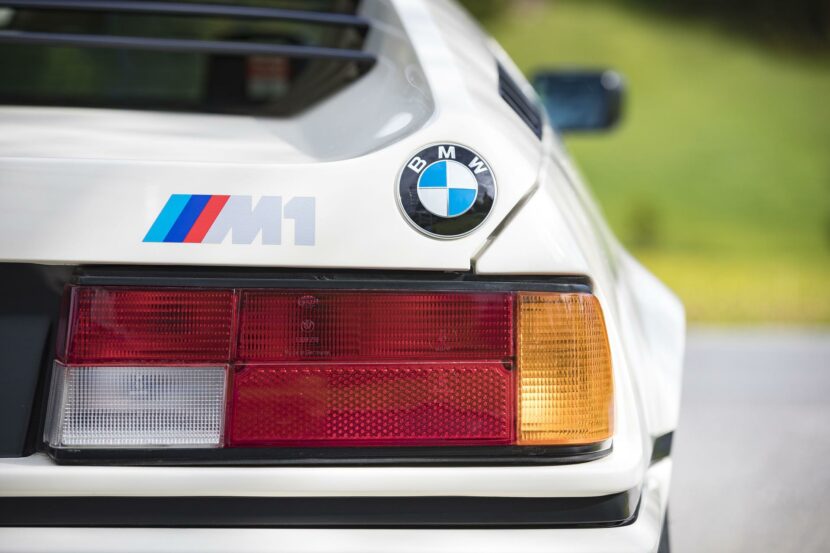When Jeep stopped selling its near-ancient 4.0 liter inline-six engine, BMW was the last bastion of hope for six longitudinal cylinders. BMW has been making inline-six engines for as long as most car enthusiasts can remember and they’re still a staple of the brand’s heritage. The Bavarians have been applauded by enthusiasts for this stubbornness, especially considering the common theme of downsizing and using package-friendly “V” shaped engines. But it seems as if Mercedes-Benz, a company once known for its inline-six engines as well, will be joining BMW.
The Stuttgart-based brand has just officially announced that a series of new inline-six cylinder engines will replace the current V6s in many of its new cars. This new family of engines will be very similar to the EfficientDynamics engines BMW current develops, as they will all be modular engines with identical bore spacing and will be capable of being both petrol or diesel.
One area Mercedes is one-upping BMW’s I6 engine line is with its new engine technology. In its top-of-the-range inline-six petrol engine, Mercedes will be pumping it up with technology and power. It will use what Merc is calling an ISG, or Inline Starter Generator. It’s essentially an electric motor that acts as the starter for the engine while also being able to provide 15 kW of boost to help the car off the line more quickly and even serves as the alternator for all of the car’s 12-volt systems. Mercedes claims it can also “shift the load point” of the engine, by taking on some of the engine load and allowing the I6 to operate and a more efficient level.

This engine and ISG, which will likely first be offered in the new 2017 Mercedes S-Class, will be part of a 48-volt electrical sub-system, much like in the new Audi SQ7 and Bentley Bentayga. This 48-volt system will power an electrical water-pump for the engine, the AC compressor and any other auxiliary components that are typically belt-driven. But it also runs a small electrically-powered compressor, which is basically like a small electric turbocharger that provides a small amount of boost at low-rpm, while the exhaust gas-driven turbo is still building boost. This essentially eliminates turbo lag and is something BMW toyed with on the current M3 and something Audi already employs on the SQ7 and upcoming RS4.
This impressive sounding engine is said to develop 403 hp and 370 lb-ft of torque, which are very healthy figures indeed. Those are right in line (pun intended) with the BMW M3 and should be available in most of Mercedes AMG’s “43” models, such as the Mercedes-AMG C43.
Probably the biggest reason why I6s died was space. Being inherently long engines, they’re tough to package, especially with modern safety and crash standards. But if you can eliminate all of the belt-driven systems on the front of the engine, you can make the engine much shorter and far easier to package. The 48-volt electrical system will do this and help the I6 engine make a comeback. And that may not seem that important but, for enthusiasts at least, it certainly is. Inline engines run far more smoothly than anything in a “V” configuration, therefor the lack the need for a balance shaft. This, in-turn, reduces a bit of weight. They’re also more reliable and capable of more, smoother torque. They also make great noises (See: E36, E46 BMW M3).
We love BMW inline-six engines and are happy Mercedes is going to continue the trend because the more inline-six engines are in the world, the better place it will be. Fact. Hopefully, other premium automakers follow the trend and the inline-six engine, with its inherent silky-smoothness and delicious noise, will be making a comeback and become a new norm.
[Source: Jalopnik]




































































